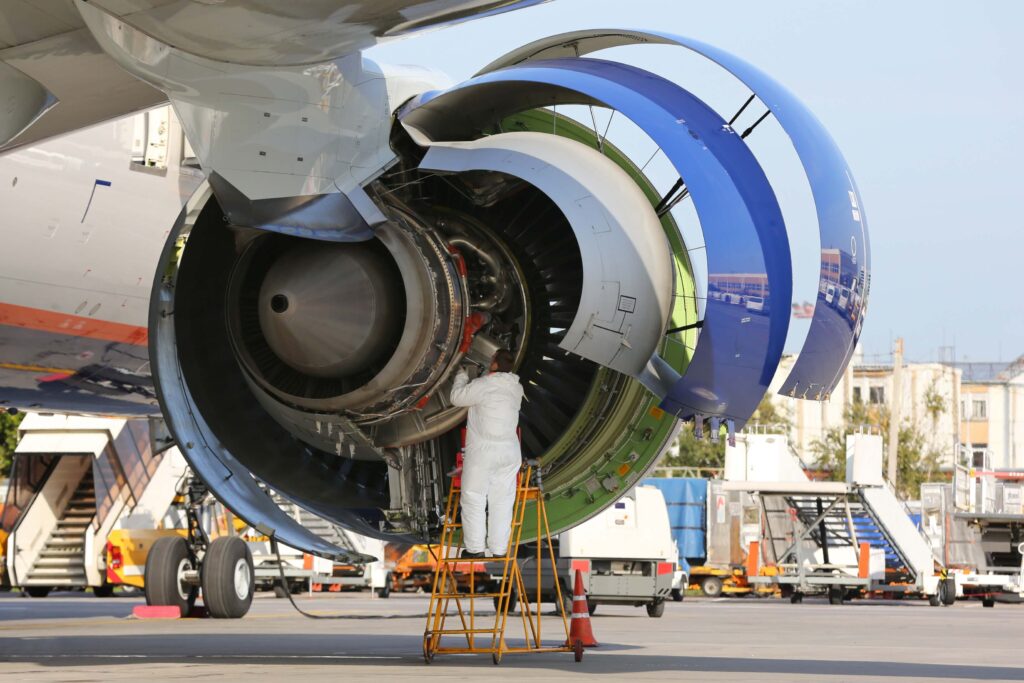Due to the failure to effectively address unscheduled maintenance events known as Aircraft on Ground (AOG) situations, the aviation industry has been grappling with significant losses in potential revenue, estimated at a staggering $6 billion annually. With ongoing global supply chain disruptions in the post-pandemic environment and the unavailability of spare parts and components, the industry faces formidable challenges that place OEMs (Original Equipment Manufacturers), airlines, and aftermarket service providers at a high risk of losing even more potential revenue.
The impact of AOG events on commercial aviation during the summer season, resulting in missed opportunities, is highly significant. Managing such situations adds unexpected pressure, further exacerbated by the prevailing difficulties in the supply chain. But how long will it take for the industry to overcome the supply crisis? And is it possible to minimize aircraft downtime during the peak demand period despite the current obstacles in spare parts and component supply?
How long will the supply chain crisis last?
While airlines eagerly anticipate new aircraft deliveries to increase capacity and fulfill existing flight bookings, manufacturers grapple with workforce shortages, material scarcities, and global shipping bottlenecks. The major European OEM company Airbus estimates that supply chain delays are projected to persist in the industry throughout 2023 and potentially extend into the early months of the following year.
In comparison, its competitor Boeing has a more worrisome projection. According to the US-based manufacturer, the supply chain will continue to pose challenges in new aircraft deliveries for an extended five-year period until 2028. To compensate for delays in new aircraft arrivals, some operators have reviewed their aircraft retirement plans. However, the issues related to parts and component supply during unscheduled maintenance events remain unsolved.
Optimizing AOG parts and component availability
The restoration of supply chains will likely span several years, resulting in prolonged lead times for aircraft spare parts and components in cost sensitive AOG situations. Therefore, it is beneficial to review and update key strategies dedicated to enhancing parts availability.
According to Toma Matutyte, the CEO of Locatory.com, operators are strongly advised to constantly diversify their supplier pools by engaging multiple marketplaces, both domestically and internationally, while placing a greater emphasis on modern global platforms. Such an approach should mitigate the impact of potential disruptions or delays in parts arrival during high-season aircraft grounding.
“In the face of persistent global supply chain disruptions, the aviation industry must prioritize optimizing spare parts sourcing to minimize revenue losses and reduce the risks associated with AOG situations. Building strong supplier relationships, diversifying the existing supplier base, and leveraging data analytics are key proactive measures to be taken for the industry to navigate through the supply chain crisis and ensure uninterrupted operations,” explains Matutyte.
